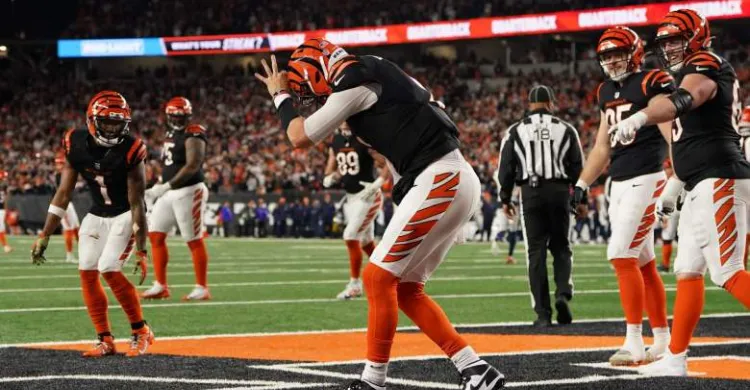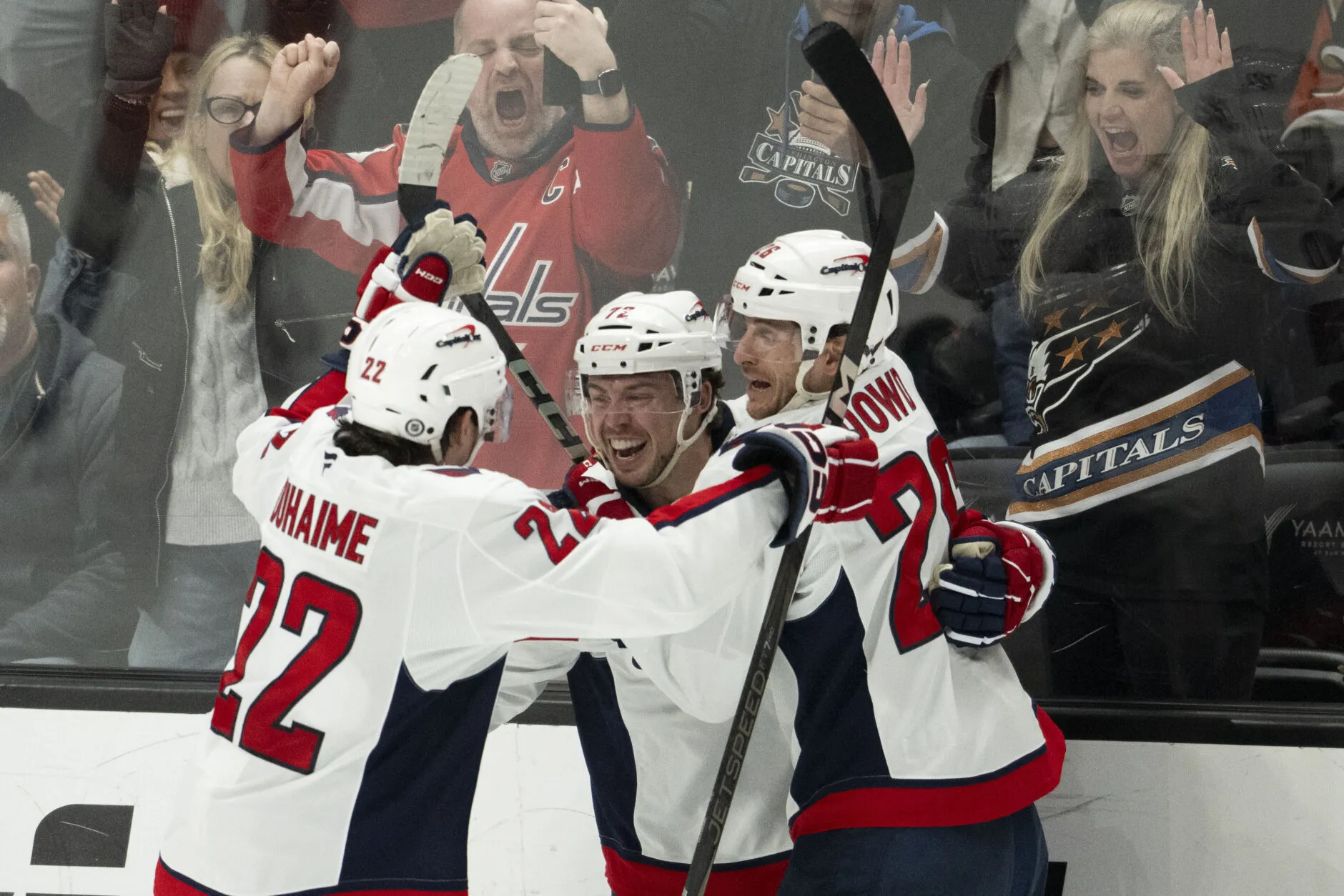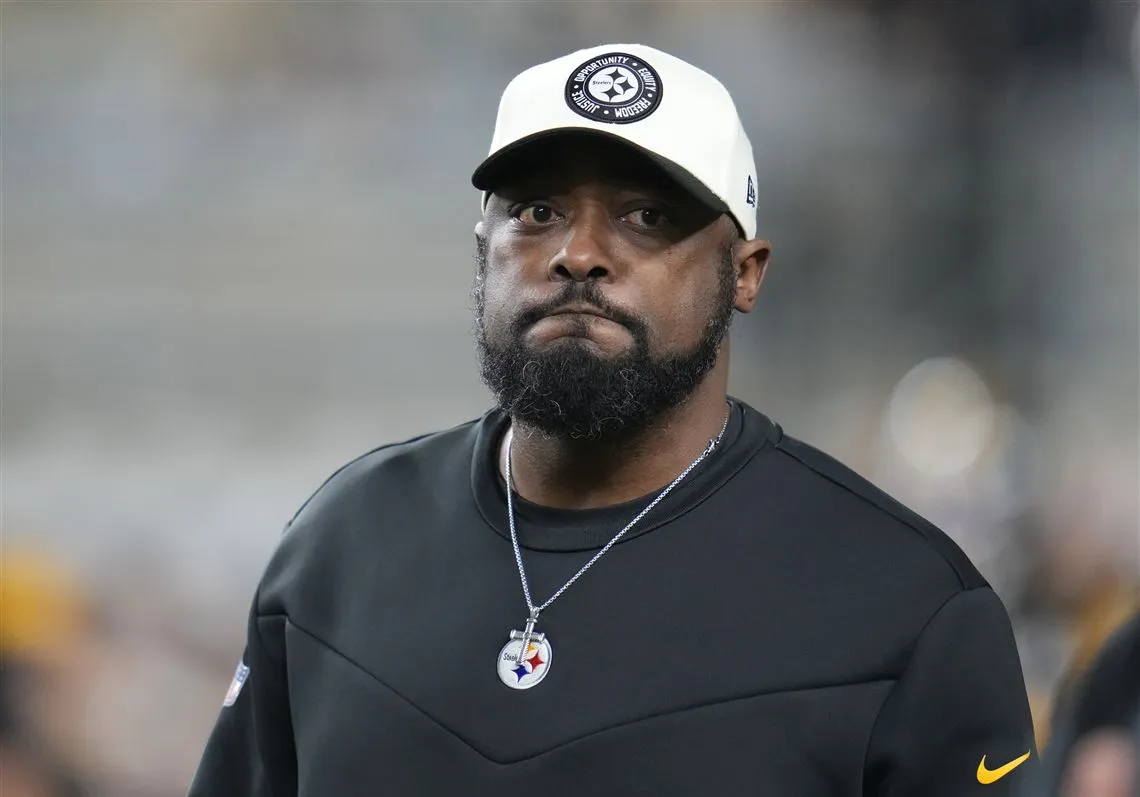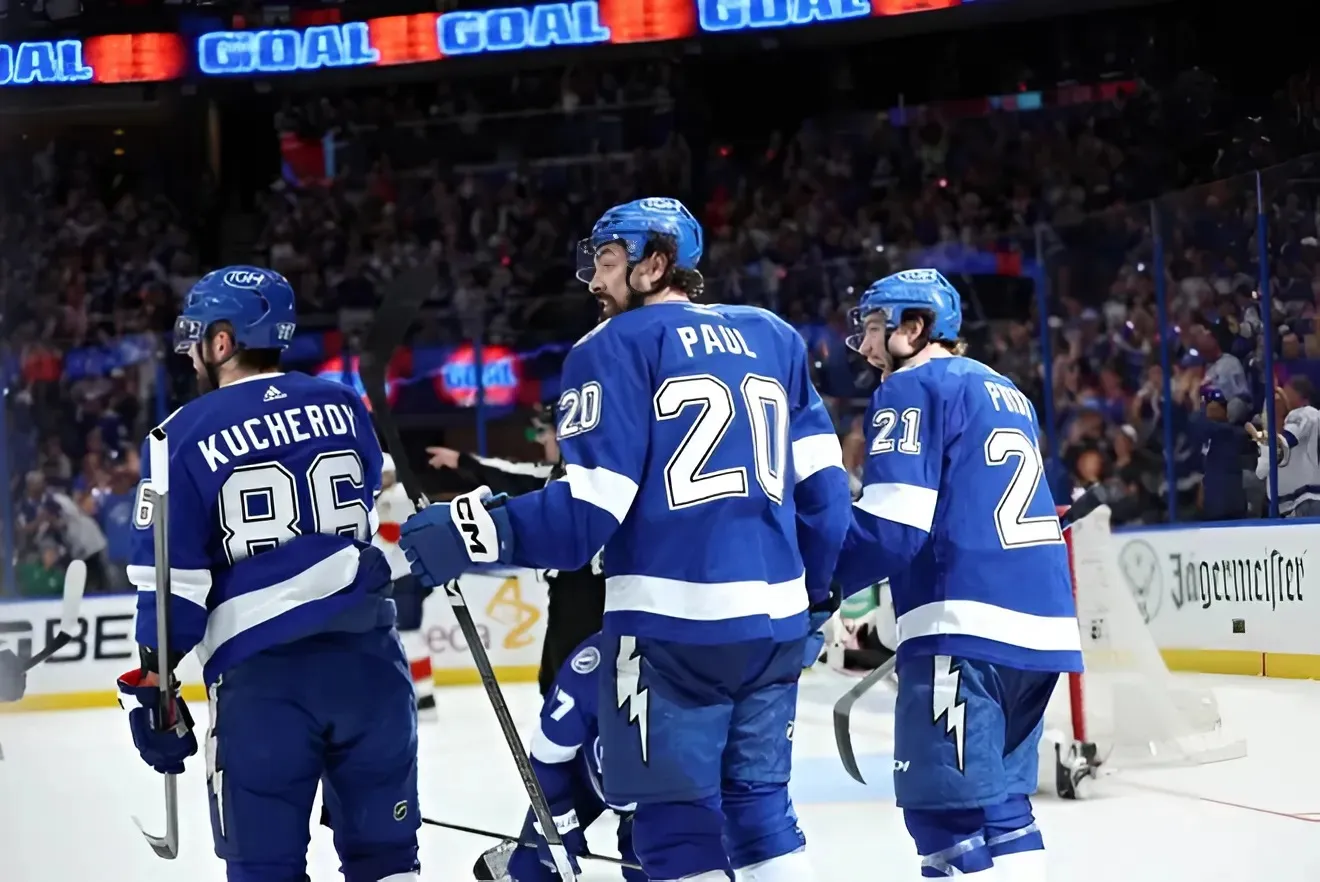When the Tampa Bay Lightning made a splash to acquire Oliver Bjorkstrand and Yanni Gourde earlier this month, many in the hockey world deemed them one of the winners of the 2025 NHL Trade Deadline. However, there was also a crowd that believed there was room for growth on the blue line, an area the Lightning didn’t address. With some streaky play in recent weeks following the trade, one must ask the question, is the Lightning defense good enough to win a Stanley Cup?

A Quick Overview of the Lightning’s Defense
After management decided to ship Mikhail Sergachev to the Utah Hockey Club last summer, the hockey world anticipated the Lightning blue line to look highly different this season. Tampa Bay retained J.J. Moser, a young and solid rush defender, in return for Sergachev. Furthermore, the Lightning re-acquired veteran Ryan McDonagh from the Nashville Predators to help revive the career of Erik Cernak, who had struggled tremendously following McDonagh’s departure in 2022.
Victor Hedman, at 34 years old, was named the 11th captain in franchise history and planned to maintain his number-one role. As for the depth, the Lightning turned to players they’ve developed from within the organization. That includes defenders Darren Raddysh, Nick Perbix, and Emil Lilleberg. With seven NHL-caliber defensemen, the blue line held great potential heading into the season, but their success banked on the development of Moser and the homegrown pieces.
Lightning Appear Weak Defensively Through Expected Goals
Expected goals against per 60 (xGA/60) is an advanced statistic commonly associated with defensive performance in public analytics. The metric focuses on the quality of scoring chances a team surrenders, weighing factors like location, angle, and shot type. The Lightning grade as the 16th-best defensive team at five-on-five in xGA/60, and 12th amongst teams that hold a playoff position today (March 19) per Natural Stat Trick.
Based on that statistic, one would assume the Lightning surrender high-quality chances more often than most playoff teams, meaning they may not be destined for a Stanley Cup or even a deep playoff run. However, context is king when using advanced analytics, and through other metrics, the Lightning defense might be better than the public models say. What do I mean by this?
Trust in Vasilevskiy & Minimal Shot Blocks
Andrei Vasilevskiy, one of the NHL’s best goaltenders, ranks tenth in Evolving Hockey’s goals saved above expected (GSAx) model at five-on-five. GSAx is the number of goals a goaltender should have allowed based on the quality of shots they faced. Vasilevskiy is relevant to the Lightning defense because the team trusts the starting netminder to make saves. Tampa Bay is comfortable allowing a high volume of medium and low-danger shots from the perimeter.
The Lightning rank 12th in fewest shot attempts surrendered per 60 (CA/60), good enough for ninth amongst playoff teams today. However, if we shift to shots on goal, the Lightning appear as an even weaker defensive team. Tampa Bay grades 27th and last amongst playoff teams today in shots against per 60 (SA/60) at five-on-five. That’s because the Lightning doesn’t block many shots and allow their opponents to throw pucks on the net. Tampa Bay ranks 25th in blocked shots at five-on-five per MoneyPuck.
To ensure the Lightning elect not to block shots, look at powerhouse teams like the Florida Panthers and Edmonton Oilers, who block fewer shots than the Lightning and have had success. Those teams play an elite possession game. Florida and Edmonton rank top-three in shots for percentage (SF%) at five-on-five, while the Lightning place 22nd. In other words, the Lightning choose not to block as many shots, while teams like the Panthers and Oilers don’t put themselves in that position as frequently in the first place.
To recap, the Lightning do a sound job at limiting their opponent’s shot attempts, but when their opponents get the chance to shoot, Tampa Bay allows teams to fire pucks on goal versus creating traffic in the shooting lanes due to their trust in Vasilevskiy.
Three Mediocre Chances Against & One Quality Chance For
Now that we’ve laid the foundation for how the Lightning play defense, we know the team prefers to suppress quality over quantity in the defensive end. Tampa Bay continues to shape its play style around surrendering three mediocre chances to generate one high-danger scoring chance. A graph created by Micah Blake McCurdy at HockeyViz aligns with the raw rates from Natural Stat Trick. Areas in red signal the Lightning allow more, and areas in blue display the Lightning allow less than the league average rate of shots. The majority of red in the visual appears outside the home plate area of the rink.
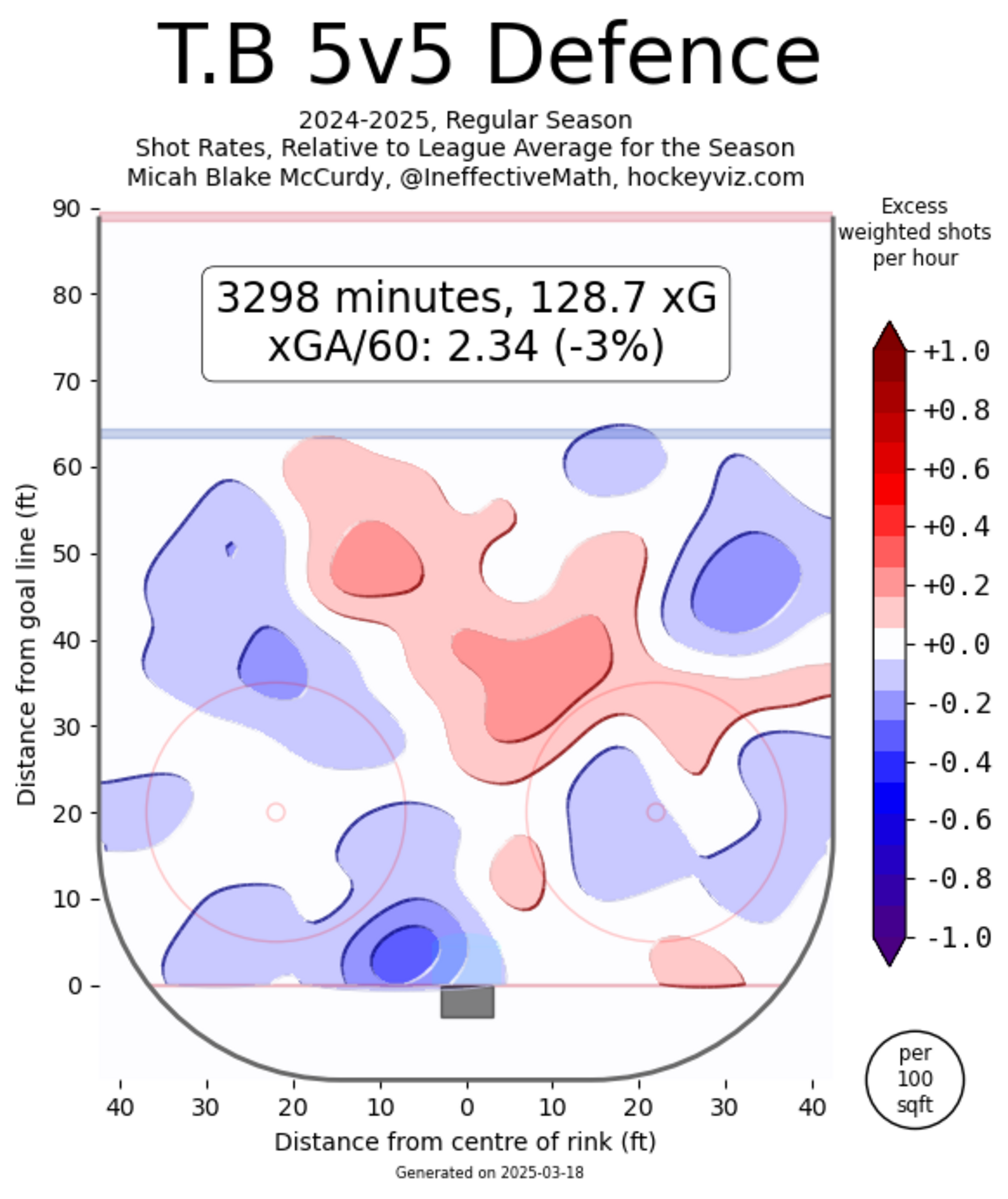
Medium and low shot attempt rates parallel this claim about the Lightning defense. Tampa Bay ranks 19th in fewest medium danger Corsi against per 60 (MDCA/60) and 21st in fewest low danger Corsi against per 60 (LDCA/60). Moreover, the Lightning grade eighth in fewest high danger Corsi against per 60 (HDCA/60), so their approach to limit quality shot attempts appears to hold. On the flip side of the game, the Lightning rely on their high-end talent to generate goals. Their high danger goals for per 60 (HDGF/60) grades seventh-best amongst teams at five-on-five. With all this information, is it fair to say that the Lightning’s defense is competent for a Stanley Cup championship?
In summary, the Lightning want to control the high-danger areas of the game, not the overall possession. They’re a mediocre possession team with a 49.98% expected goals for percentage (xGF%) at five-on-five. On the other hand, Tampa Bay possesses 53.5% of the on-ice high-danger Corsi share (HDCF%) at five-on-five, a whopping fourth-best in the NHL.
Plus, Tampa Bay has the talent to capitalize on their strategy, both in the offensive zone and between the pipes. Their 60.8% high danger goals for percentage (HDGF%) grades second in the league, only behind the Winnipeg Jets. Nikita Kucherov, Brayden Point, and Jake Guentzel drive shooting percentage on the offense, while Vasilevskiy holds down the fort on defense to make up this elite performance in the “danger zone.” After all, the Lightning rank first in high-danger save percentage (HDSV%) at five-on-five this season.
Closing Thoughts: Do They Have What It Takes Defensively?
Circling back to the opening argument about expected goals against, the Lightning take shape as an ordinary defensive team. Now that we’ve contextualized their expected rates against, it’s fair to claim that Tampa Bay’s defensive ability is above the average threshold. Rather, their defense is quite good considering their suppression of high-danger shot attempt rates. Instead, the Lightning accumulate expected goals against through the mere shot volume they concede. All those medium and low danger attempts add up over time, and we know the Lightning love to give their opponents shot selection from those areas of the ice due to their trust in Vasilevskiy and their minimal blocked shots relative to their possession rate.
In summary, the Lightning are a solid defensive team with an elite goaltender as the final backstop. Tampa Bay rightfully chose to prioritize forward depth at the trade deadline because secondary scoring was much more of a concern for this team. Will the Lightning rely on their defense core to win a Stanley Cup this season? No, but the blue line is more than capable of supporting superstars up front and in the crease.
